| Heathkit R.F. Signal Generator SG8 - USA - 1953 |
 |
 Description
Description |
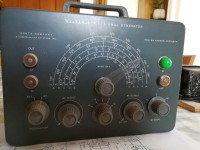 |
Descrizione
Restauro |
|||
|
Lo scopo del generatore SG8 era di servire ad allineare i circuiti di Frequenza Intermedia e di verificare il funzionamento delle varie gamme d'onda dei ricevitori radio dell'epoca. Non era quindi uno strumento adatto a compiere esperimenti scientifici, ma non ostante l'impiego delle valvole e di una scala di sintonia analogica, era molto preciso e forniva un ottimo ausilio a qualsiasi laboratorio di riparazioni o all'utilizzo in campo amatoriale. Le cinque gamme di funzionamento erano rispettivamente: 160-500 kHz, 500-1650 kHz, 1.65-6.5 MHz, 6.5-25 MHz e 25-110 MHz. Volendo si potevano utilizzare onde armoniche fino ai 220 MHz. Le onde radio potevano essere modulate in ampiezza con un segnale audio di 400 Hz oppure si poteva utilizzare una modulazione esterna. Lo strumento utilizzava due valvole, un doppio triodo 12AU7 con una delle sezioni che fungeva da oscillatore tipo Colpitts e l'altra da stadio separatore con uscita di catodo che portava il segnale all'esterno. La modulazione audio era prodotta da una 6C5, un triodo che oscillava a 400 Hertz anche questo con circuito Colpitts. L'alimentazione era a 110 - 120 Vac 60 Hz, come tuttora in uso nella rete elettrica U.S.A. Il circuito alimentatore utilizzava un trasformatore con un primario a 120 V e due secondari, uno a 110 V per l'anodica e l'altro a 6,3 V per i filamenti. La tensione anodica era resa continua tramite un raddrizzatore al selenio e un circuito a P greco costituito da una resistenza e un doppio condensatore elettrolitico da 20 + 20 μF 150 Vdc. Le dimensioni del generatore erano 24,1 x 16,5 x 12,7 cm e il peso era di 3.2 kg. © IK3HIA, 2023 |
|||||
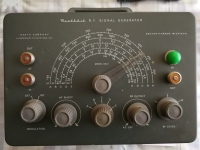 |
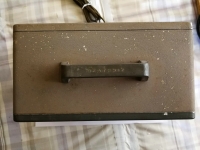 |
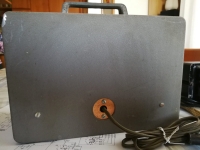 |
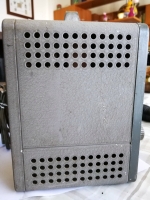 |
||
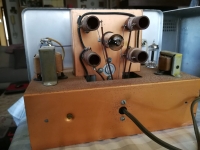 |
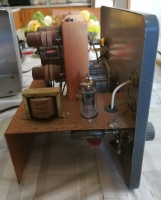 |
 |
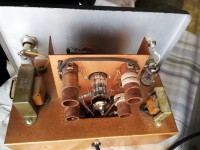 |
||
|
The dimensions of the generator were 9 1/2 x 6 1/2 x 5 inches (W,H,D) and the weight 7 lb.
|
|||||
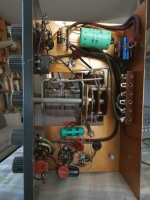 |
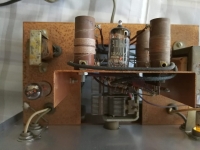 |
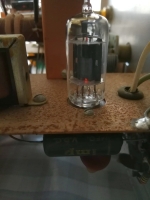 |
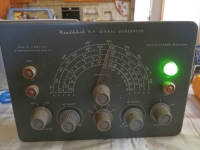 |
||

|
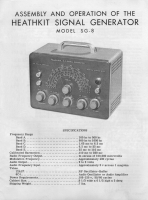 |
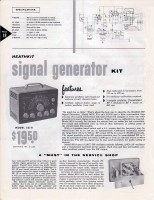 |
 |
||
|
|
|
Return to Instruments
page
|